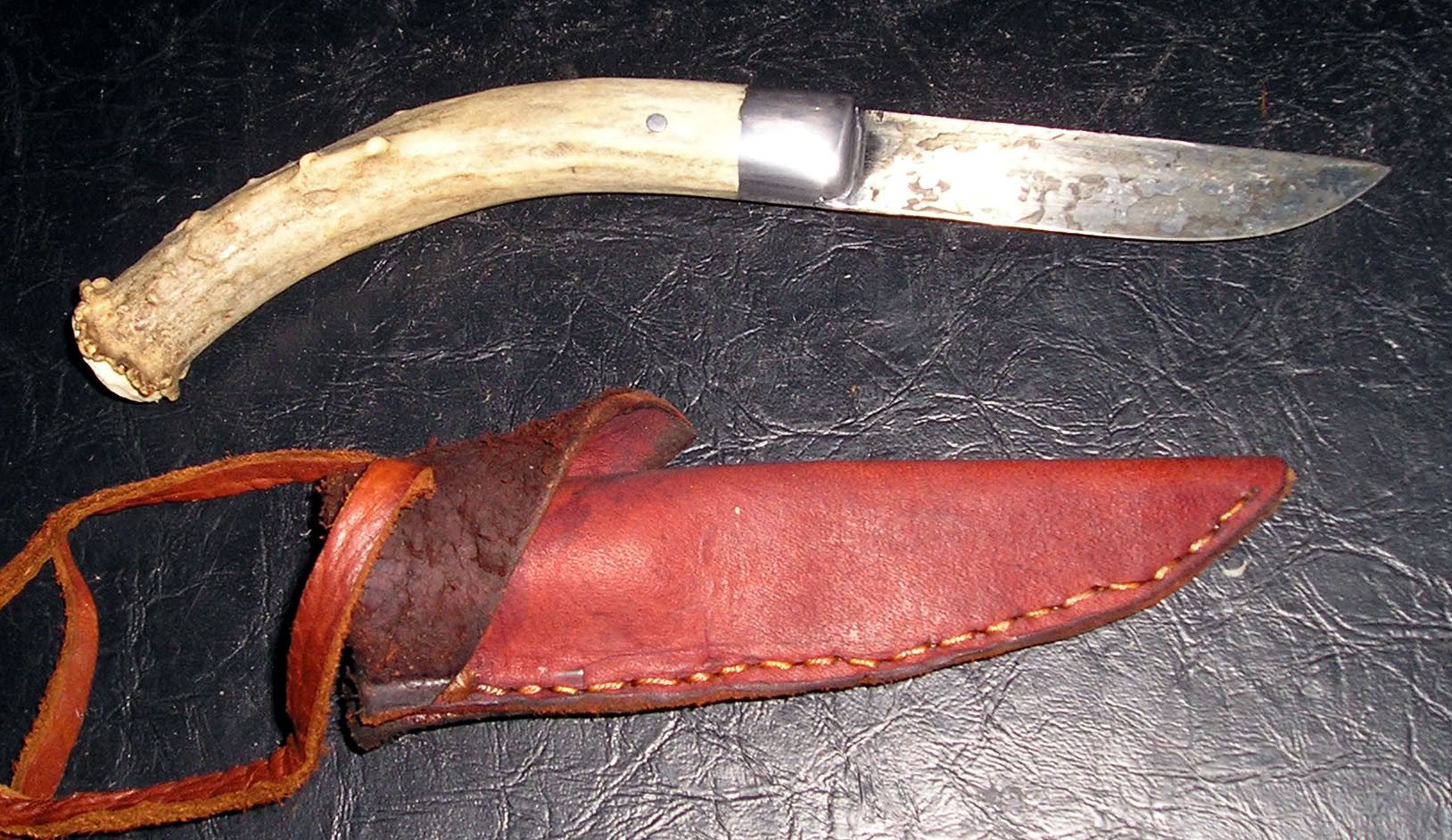sidelock said:
The "discovery" of stainless steel occured in the 1900 to 1915 time period. However, as with many discoveries, it was the accumulated efforts of several individuals that actually began in 1821. That year a Frenchman named Berthier found that iron when alloyed with chromium was resistant to some acids. Others studied the effects of chromium in an iron matrix, but using a low percentage of chromium. To be stainless steel, the chromium content needs to be at least 10.5%. In 1872, Messrs. Woods and Clark applied for a British patent for what they identified as an acid and weather resistant alloy containing 30 to 35% chromium and 1.5 to 2% tungsten. Then, in 1875, another Frenchman named Brustlein recognized the importance of carbon levels in addition to chromium. Stainless steels need to have a very low level of carbon at 0.15%. While many others investigated the chromium/iron composition, the difficulty in obtaining the low carbon levels persisted for many years until low carbon ferrochrome became commercially available.
In 1904, Leon Guillet published research on alloys with composition that today would be known as 410, 420, 442, 446 and 440-C. In 1906, he also published a detailed study of an iron-nickel-chromium alloy that is the basic metallurgical structure for the 300 series of stainless steel. In 1909, Giesen published in England a lengthy account on the chromium-nickel (austenitic 300 series) stainless steels. Also in England and France, Portevin published studies on an alloy that today would be 430 stainless steel. In Germany, in 1908, Monnartz & Borchers found evidence of the relationship between a minimum level of chromium (10.5%) on corrosion resistance as well as the importance of low carbon content and the role of molybdenum in increasing corrosion resistance to chlorides.
Harry Brearley, chief of the research lab run jointly by John Brown & Co. and Thomas Firth & Sons, is generally accredited as the initiator of the industrial era of stainless steel. Most of his work was on 430 (the chemical analysis was patented in 1919). The first product was table cutlery and it is still used today.








